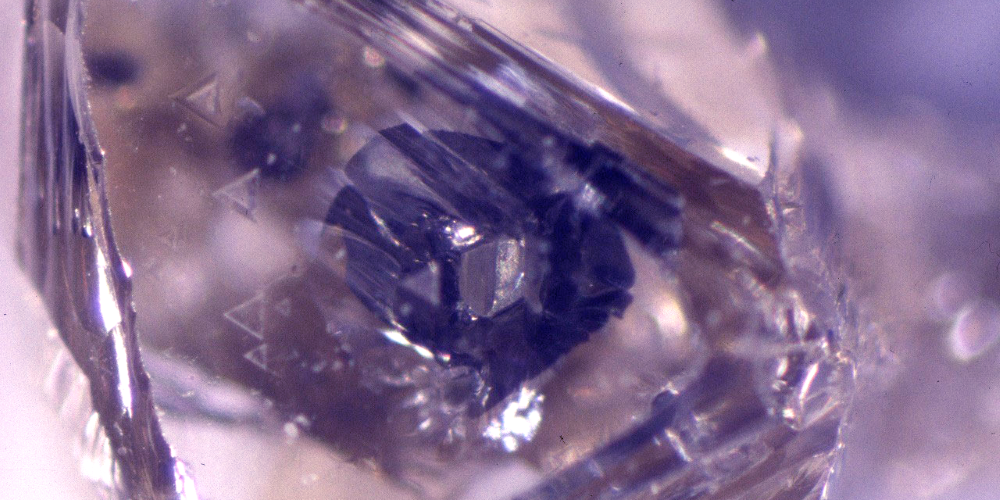Alex Li, a Lawrence Livermore National Laboratory (LLNL) summer student in the Computational Chemistry and Materials Science Summer Institute, recently led a study published in the journal Matter to investigate the evolution of plasticity in diamonds along different loading orientations and the effects that voids (pores) within the material can have on stresses within the diamond. This team’s research was supported by LLNL’s Laboratory Directed Research and Development program.
While diamond carbon is one of nature’s strongest naturally occurring materials, it is known to undergo irreversible plastic deformation when loaded at high rates. Rob Rudd, LLNL scientist and Li’s mentor, notes, “We usually think of diamond as brittle, strong, and unyielding until it cleaves. Shocked diamond is different. Alex did a fantastic job working out the complex and unexpected details of the deformation.”
The nature of this deformation is important for high-energy-density experiments on high-energy laser systems such as the National Ignition Facility (NIF), as well as for further evolving scientific understanding of carbon-rich exoplanets. At NIF, diamond carbon is used as an ablator and capsule material for producing the extremely high pressures needed to cause nuclear fusion reactions that are being intensively investigated as a source of energy.


